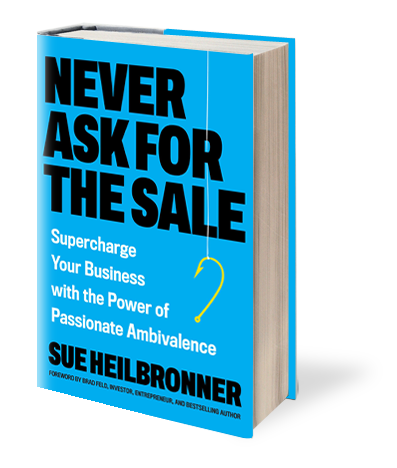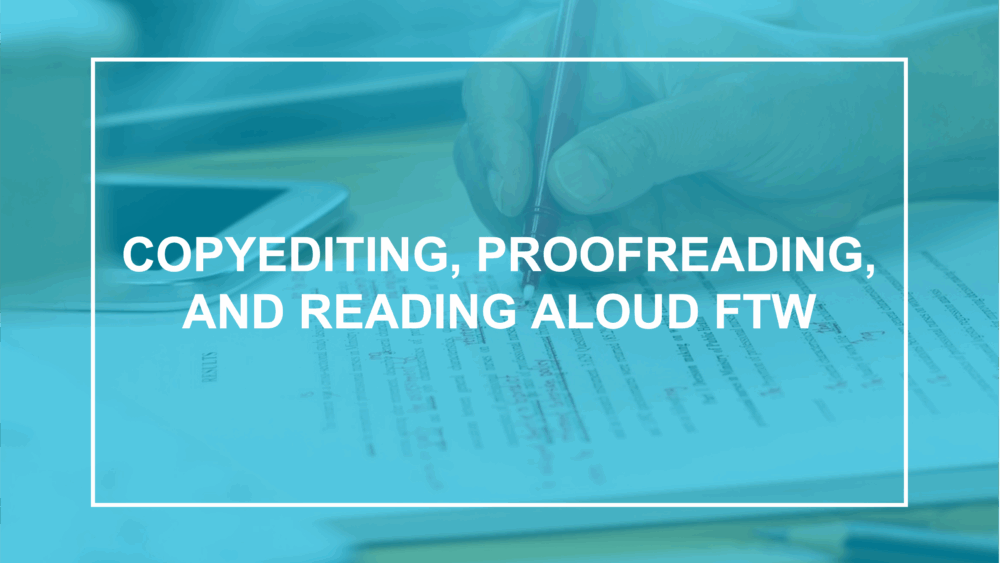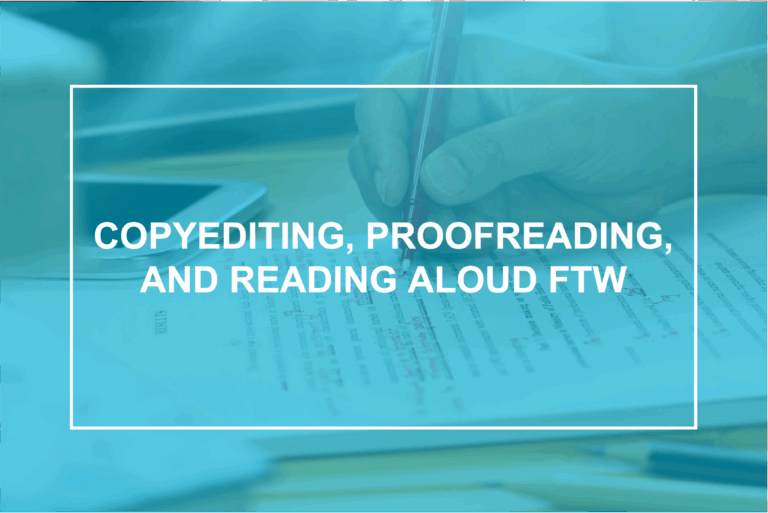Copyediting, Proofreading, and Reading Aloud FTW
My manuscript was submitted as of my last post, and then the publisher-driven processes around assembly, quality, and finesse began.
My editor Renee Sedliar introduced me to the production team at the publishing house, and they shared a schedule with me to outline the different stages of refined production editing—copyediting and proofreading. This sounded like it was two discrete stages, and there were two major pushes: one for copyediting (more editorial) and one for proofreading (more detailed). But there were far more than two turns at this stage in the process.
The production calendar specified the times when I would get the book after the publisher had done its part of the relevant stage. The schedule afforded me two weeks to give my reaction after receiving the manuscript from them. This was another place where I’d been warned that the process was a lot of “hurry up and wait.” This was definitely not my experience. The editing team met or beat its timelines, and I met or beat mine. Rah!
Before digging into the micro details on these very granular stages, I want to share the zippier thing that happened at this stage. I received draft cover designs from the Hachette Balance art department, and, well, I just loved them. I have had friends experience disappointment with this step. I was the opposite. Now, I’m a gut person. And I have a very clear favorite color, and I was asked for some style input before the design comps came, but they were fabulous. I didn’t create a poll on LinkedIn. That may have been a great awareness exercise, but I knew I was thrilled with the first round of proposals, and we greenlit right away. The most clever thing that they did here? The upside down hook in the cover is the perfect metaphor for selling with passionate ambivalence. Clever, clever, clever.
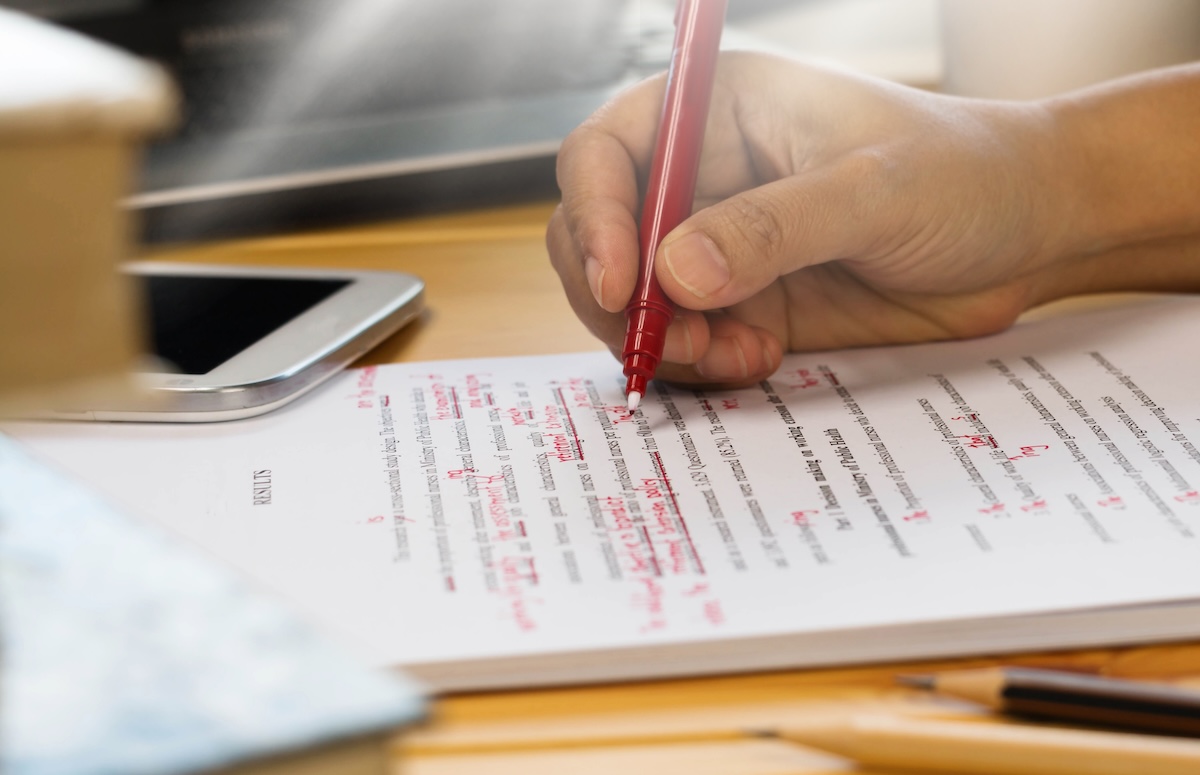
Now…let’s talk editing.
First, copyediting. The copyeditor is, of course, finding errors and issues in the manuscript, but they are also identifying style concerns, places where things are not clear enough, redundancies across the manuscript, and more. The copyedit of what became a 260 page book was absolutely superb. I learned so much from this review about syntax, mistaken connotations of words I’d used (and in many cases had been using incorrectly for decades), and flat-out errors that I missed on multiple reads. I felt so supported by these editors at Hachette Balance Group. This was another place where I saw the distinction between self-publishing Leader Coach and working with a top-notch publisher. I doubt there are any true errors in Leader Coach; after all, we did hire a copyeditor and proofreader. But I know the text of Never Ask for the Sale is far stronger and tighter because of this copyedit.
My memory is that the copyedit captured 400ish recommended revisions. I had to review every single one of those recommendations and action it. I approved 98%of the recommendations. I took action on 100% of the questions raised, but it wasn’t a scalable exercise. One, two, three…400. I was also working on the publisher’s choice platform, which was Microsoft Word. I wouldn’t have thought the gap between my Google Workspace brain and Microsoft had grown as wide as it was. It was not easy making this pivot, and even though I was working in a cloud version of Microsoft 365, my fears around autosaving minuscule changes within this gigantic document were stressful.
I had a few exchanges of the manuscript in copyediting, and then the manuscript was ready for proofreading. This stage was simpler. There was far less subjectivity in the recommendations of the proofreader (casting zero aspersions on the extraordinary subjectivity of the copyeditor), so although there were hundreds of suggestions, reviewing them required less brain power and more process power and attention to detail. Like in copyediting, there were a few exchanges of the entire doc with the proofreader.
We did updates to the acknowledgements to incorporate the additional people who had become invaluable resources at Hachette. We collaboratively updated the jacket copy, author photo, and bio.
This copyediting and proofing chapter took three months in total. Before calling it good, during these phases, I read the entire manuscript aloud to myself because reading things out loud can help one identify problems with the text that one cannot see reading it silently. This thesis is backed by science.
It was arduous, but at this stage I was galvanized by being able to see the finish line.
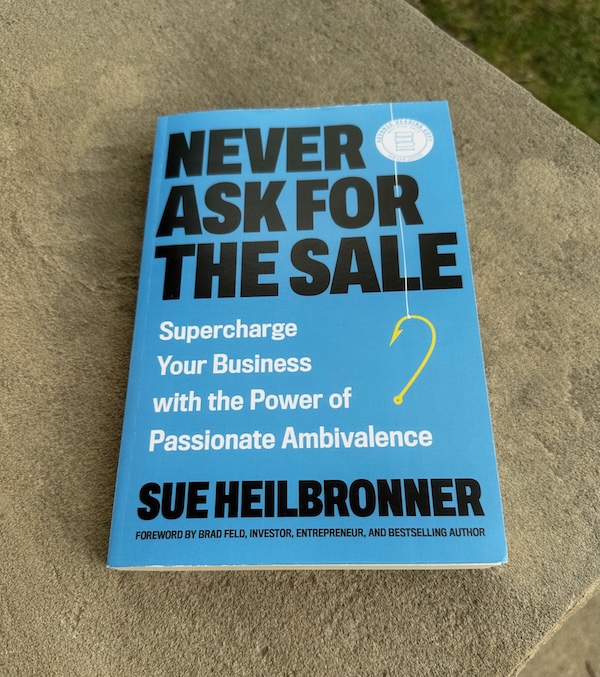
One day I stepped out my front door to head out for a walk, and I found a square box in my path. I wasn’t anticipating a package. I opened it up and found eight copies of a real, bound, paperback galley copy of the book. I was stunned. Receiving this as a surprise was a huge payoff for the massive amount of work that preceded it.
It looked incredible (don’t you agree?). There were blank pages in it for credits and things that hadn’t been resolved. But it felt real for the first time.
Up next: Recording an Audiobook. One Hard Question and Many Cough Drops.
Any thoughts, feelings, or blurts? Share them here.
